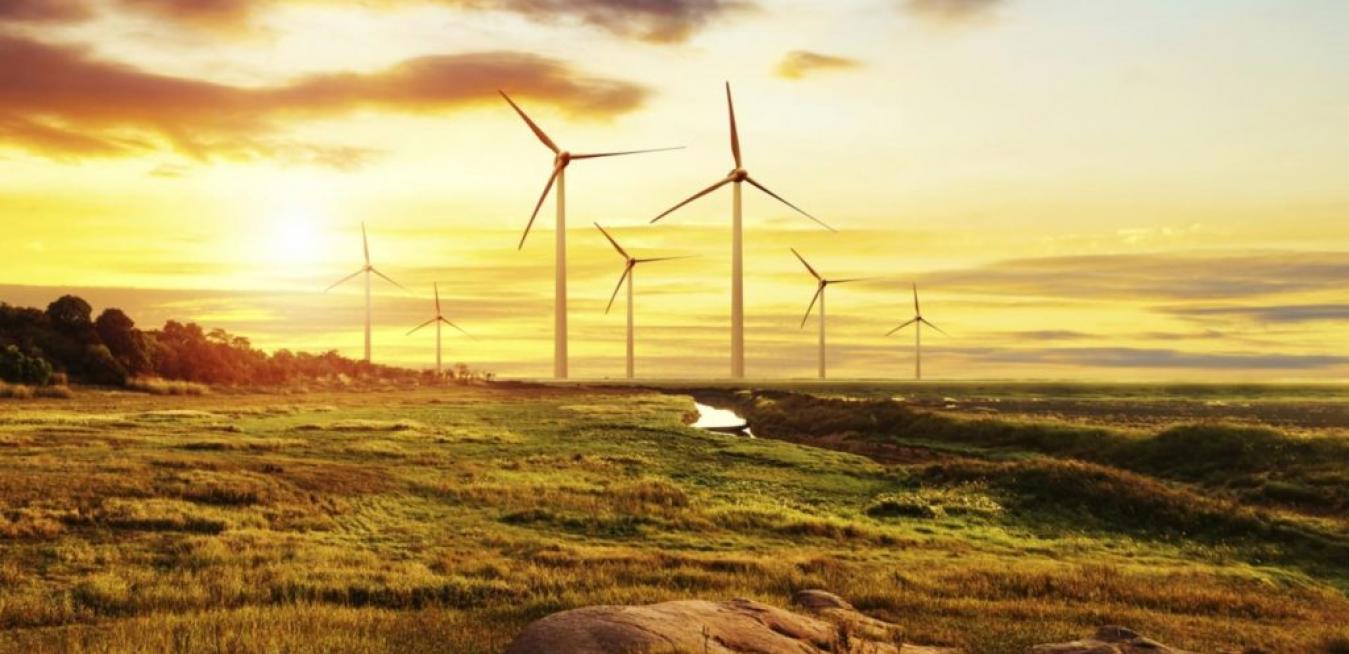Since it was legislated in 2000 the Renewable Energy Target (RET) scheme has been massively successful in attracting investment in renewable energy sources, putting downward pressure on the wholesale cost of power, and creating diversity of electricity generation to power our future.
The RET has given local and global investors the confidence to invest billions in long-term renewable energy infrastructure; creating power from the sun, wind and waves. Twenty billion dollars has already been invested in renewable energy projects the equivalent annual energy of two new Snowy Mountains Schemes. GE has been involved in this development through projects like the Mumbida wind farm and Greenough River solar farm near Geraldton, Western Australia, and the Boco Rock wind farm in New South Wales. GE alone has spent more than $800 million in energy infrastructure and power generation projects in Australia.
These are nation-building projects which will create comprehensive long-term sources of low-carbon emission electricity to power the future.
The renewable energy sector now provides a steady source of jobs, tremendous diversity in renewable power sources, and significant downward pressure on wholesale electricity prices. Most importantly it has already led to a tangible reduction in greenhouse gas emissions, with annual CO2 emissions from the stationary energy sector falling by 22.5 million tonnes.
The beauty of the RET scheme is that it provides investors with the reassurance they need to follow their intuition. It doesn’t pick winners, but gives the market the confidence it needs to decide which technologies will power tomorrow.
We are already well on the way to meeting the 41,000GWh target of renewable energy production by 2020, with a mix of new technologies which draw energy from the sun, waves and wind.
If the target were scrapped or even reduced, all this and more could be in danger. Without policy stability, Australia could become an unfavourable market for investment. According to Bloomberg this would see investments worth $21 billion abandoned, resulting in a loss of 20,000 jobs which would be directly related to the construction of these projects.
Nations all over the world are competing for investment in a low-carbon emission projects, and scrapping the scheme would increase Australia’s sovereign-risk, undermining investor confidence in this globally-significant emerging industry.
As one of the world’s largest suppliers of wind turbine technology we are already providing our technology to a number of wind farms in Australia, and many more globally.
This gives us unique insight into the impact this has had on the Australian economy, and we understand the impact it will have on investment, because we will also be forced to make some hard choices.
This is why GE has made a robust submission to the Renewable Energy Target Review in support of the RET being maintained at current levels. We can and will supply at least 20 per cent of Australia’s power from renewable sources by 2020, and in doing so we will create vast opportunities and ensure that the cost of power remains stable.
With the RET in place we can all look forward to a low-carbon future, where electricity supply is not constrained by the price and availability of coal, but enhanced by creativity and innovation.





